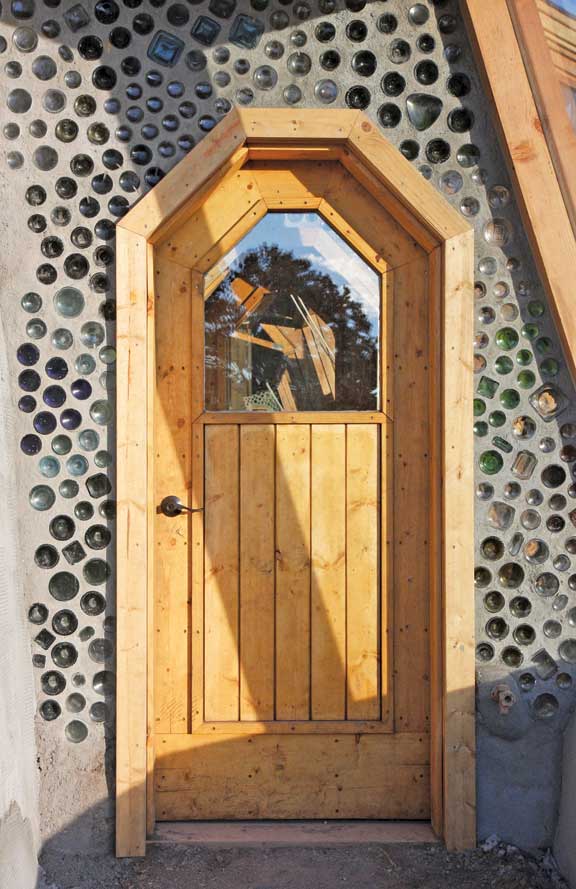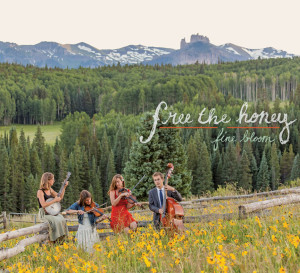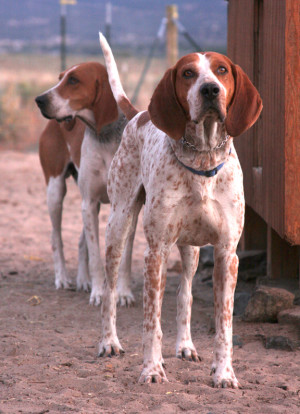by MikeRosso
Commuters and tourists driving through Bighorn Sheep Canyon this past summer were baffled by the sight of an unusual construction project across the Arkansas River from Swissvale, in what looked like a modern mining camp full of colorful tents.
What was in fact happening across from this tiny hamlet east of Salida was the construction of an earthship, a modern, energy-efficient, off-the-grid structure employing a variety of recycled materials in its construction. The tents were for the 80-plus students who came from all across the globe to help out and learn how to build these unique eco-structures, first introduced in Taos, New Mexico in the early 1980s by architect Michael Reynolds.
By mid-September, the, 6,000 square foot main structure was complete, and the students had packed up their tents and moved on – some to another earthship project, others back to their home countries to begin the process of building earthships of their own. What now remains for the Swissvale project is the finish work: floors, interior walls, electric and other finishing touches, which, once completed, will allow owner Hollie Hirst to inhabit her unusual new home by next summer.
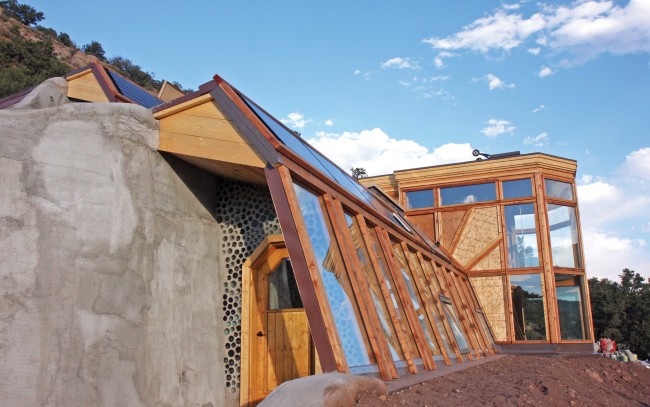
The outer walls of this partially earth-bermed structure are comprised of earth-rammed tires, using a laborious technique in which dirt and sand from the construction site is simultaneously shoveled into the tire and packed into it using a sledgehammer working in a circular motion. The idea is to create thermal mass walls which regulate the interior temperature year-round. The Swissvale earthship is an unusual two-story design, using a global model split into two levels. The first consists of four bedrooms, four bathrooms, a large garage and a hallway in between. The second level consists of a kitchen, a great room, a master bedroom and a large patio. The building is oriented south for maximum solar gain and is partially bermed into the hillside on the north. It also incorporates natural cross ventilation, employing a series of intakes, air tubes and vents. This earthship also has a photovoltaic solar electric system, complete with battery backup, which allows it to be totally off the grid with no need to tie into a public utility. It also has a closed hot water system to assist with heating in the winter and for generating domestic hot water.
The nearly 4,000 tires weren’t the only recycled materials used in the construction: aluminum cans and glass bottles are incorporated in the interior, non-loadbearing walls, which are plastered with adobe that itself is created using earth from the surrounding property. The colored bottles allow light to pass through, creating a rainbow effect inside.
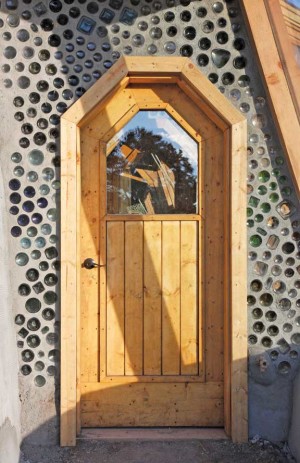
Earthship Biosphere Academy
Students comprise the bulk of the labor in the initial construction phase of the earthships constructed by Earthship Biosphere, based near Taos. Actual work on an earthship is required for the Field Study portion of the learning program. The Academy also offers classes in Job Site Safety, Power Tools Use and Safety, Earthship Layout and Earthship Terminology. At the Swissvale site, there were students from around the globe, including Tasmania, Zimbabwe, the Netherlands and Germany. The volunteer program enables students to get hands-on experience building earthships on-site, without monetary compensation, but allowing for them to be included in the construction, thus gaining knowledge and the experience of working with other volunteers under experienced supervision. In total, there were 80 students over the two-month phase, with 40 at any given time, along with 18 paid Earthship staff members.
Ben Adams, 29, lives in State College, Pennsylvania and came to work on the Swissvale earthship to gain “new skills, knowledge and relationships that will help me on my future path.” This is the third earthship he’s worked on and the first outside the Greater World Earthship Community in Taos. He worked on the site for about one month, camping on the dry hillside adjacent to the site and sharing meals with his fellow students.
“Earthships represent a tangible and practical effort to address some of the issues that currently face society. These issues will become more severe in the future,” he said. Adams is currently completing a PhD in civil engineering at Pennsylvania State University. He previously attained a bachelor’s and master’s, also in civil engineering, from California State University, Fresno.
Juli Wittkop, 38, lives in Kassel, Germany, located between Frankfurt and Hannover, and worked at the Swissvale site from Aug. 10 through Sept. 5. In the summer of 2014, she helped build a retrofit earthship in Vale de Prazeres, Portugal. She then did the Academy in Taos in April before arriving at the Colorado site.
“I’m still in a big learning process. Earthships are complex and simple at the same time, and for me there is still a lot to discover and learn about how the whole awesome systems in those houses are working. I have just a little knowledge about electricity and plumbing and really want to know more about this. I especially want to learn more about alternative ecological building material and how to make earthships more affordable for people with less money.”
Over the past three years she has lived with her 12-year-old son in a “normal” house, one she considers wasteful, and hopes to someday create her own off-grid future. Wittkop would also like to one day offer lectures and building projects about earthships and their systems at schools in Germany. Although her son was not able to join her in Colorado, she took him to an earthship construction site in southern Germany in late September. Asked about what she gained most from her Colorado experience, she replied, “We put our skills together and created a field of experience and exchange … and along the way we built a house!”
Sara Leibold, 29, is from Alabama but most recently called Flagstaff, Arizona her home. A former Appalachian Trail through-hiker and seasonal employee in Alaska, she learned about the Swissvale project from an Earthship Biotecture newsletter, did her internship in Taos this past July, and spent four weeks at the Colorado site. “I had no experience in construction, so just learning the names of tools and the specific construction language was a learning process. Then to work with people who didn’t understand English very well and to explain something technical was frustrating at times. … I’d also like to add that the community was really supportive. Several times we had neighbors cook the volunteers food or invite us to their houses. On the Appalachian Trail we call it “trail magic,” so I like to call this “earthship magic.” With a bachelor’s in business and a master’s in sustainable communities, Sara hopes to someday build and live in her own earthship.
Michael Reynolds
Inventor of the earthship, Michael Reynolds is known worldwide for his innovative, eco-friendly structures. A graduate of the University of Cincinnati, he built his first house from recycled materials in 1972. Using everyday trash such as used tires, aluminum cans and plastic bottles, he considers his architectural style “Earthship Biotecture.” Actors Keith Carradine and Dennis Weaver both commissioned Reynolds to build high-end earthships for them. Motorists driving Hwy. 64 from Tres Piedras to Taos, New Mexico can’t miss the earthship village he founded west of the Rio Grande Gorge Bridge. The Greater World Earthship Community consists of over 70 earthships, all completely off-grid and resembling an imaginary community that might be found in a J.R.R. Tolkien novel.
Reynolds is the topic of a 2007 film documentary, Garbage Warrior, which follows his development of earthship architecture, his battles with the Taos legislature over building codes, buyers’ complaints about structural defects with his earthships, and how he lost his architect’s license in 1990, and had it reinstated in 2007. The film also covers his trip to the Andaman Islands in the aftermath of a tsunami and his efforts to assist with disaster recovery and construction of low-cost homes using recycled materials. He is the drafter of the New Mexico Sustainable Testing Sites Act – HB 269, signed into law by Governor Bill Richardson in 2007, and has built earthships and lectured all around the globe. Reynolds oversaw the construction of the two-story Global Model earthship in Swissvale, the first of its kind and the first earthship to be built in Colorado by Reynolds in over five years. He is currently working on the Rural Earthship Alternative Community Habitat program in Taos.
[InContentAdTwo]
Hollie Hirst
The earthship’s owner, Hollie Hirst, first purchased the rocky, high-desert land in 2001 while living in Salida, where she had lived since 1997. She then moved to Denver to attend graduate school and earned her graduate level certificate in organizational management and development, where she concentrated on workers co-ops, swarm intelligence and chaos theory. But those 16 sunny acres lured her back to the Arkansas River canyon, and after considering other alternative building techniques, such as straw bale, she decided on an earthship, but only after years of attempting to get Earthship Biosphere and Reynolds to agree to design and build one. She succeeded with the help of a consultant friend, and the results are now visible to anyone driving the canyon who happens to look north while in Swissvale. A fan of Spanish Catalan architect Antoni Gaudî, the Reynolds earthships invoke for Hirst much of that creative and whimsical spirit he became famous for.
Her goals for the property include a retreat center focusing on equine and yoga therapy, but she is also exploring other modalities, such as wilderness therapy, as the community evolves. This winter, she will be studying with author, lecturer and horse-trainer Linda Kohanov and hopes to have her certificate of occupancy by early summer.
Many more photos of the Swissvale earthship and its construction can be found on our website at www.coloradocentralmagazine.com.

